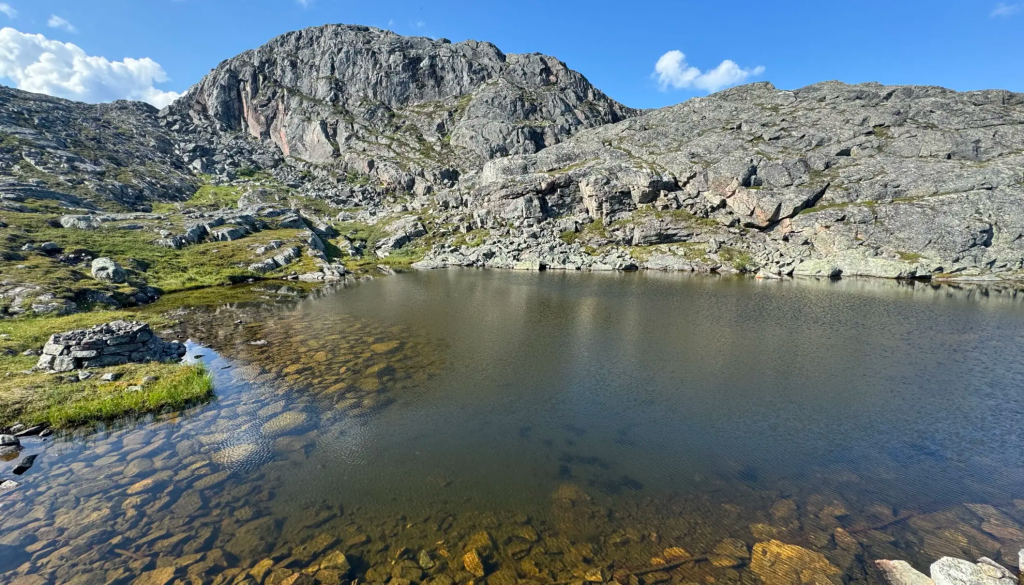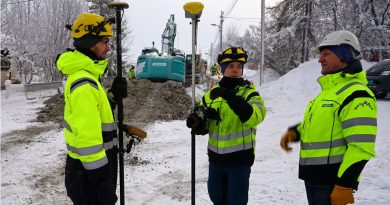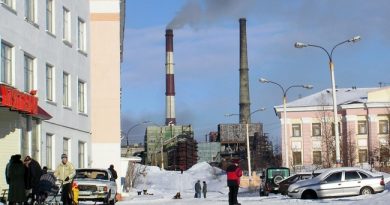Arctic lakes may contribute to global warming more than previously thought

By Elizaveta Vereykina
As lakes warm up, they release more greenhouse gases into the atmosphere.
After studying ten lakes on the Norwegian archipelago Svalbard and northern Scandinavia, researchers from UiT the Arctic University of Norway concluded that even small temperature rise boost the growth of algae and plants around local lakes. This increased vegetation leads to higher methane production in lake sediments (accumulated layers of mud and organic matter).
Meanwhile, methane is over 25 times more potent than carbon dioxide as a greenhouse gas, the iC3 (Centre for Ice, Cryosphere, Carbon and Climate) experts underline.
Although Arctic lakes are already known to be a major natural source of methane worldwide, the study gives a better understanding of the processes by which methane is produced and released from lake sediments.
The study highlights that the greatest amount of methane was produced in lake sediments where there was more algae and the lake was shallower.
“We were surprised by how clearly the productivity of the ecosystem was linked to methane production,” PhD candidate Marie Bulínová is quoted as saying. – “Our results show that warmer and wetter conditions increase biological productivity in Arctic lakes, which in turn drives methane emissions from their sediments.”
The team also compared their findings with data from over 60 lakes worldwide.
The research revealed that, although the amount of methane released by Arctic lakes is generally lower than that released by lakes in warmer regions, it is still significant and highly variable, given the large number of lakes in the north.
“One of the striking aspects of this work is how different Arctic lakes are from each other. Some release much more methane than others, depending on local factors like vegetation cover, lake shape, or sediment composition,” – Marie Bulínová said.
Related stories from around the North:
Canada: 2024 Arctic Report Card: “New Regime” of warming and unpredictable changes, Eye on the Arctic
Greenland: Alarming, above-average ice loss in Greenland due to rising temperatures, Eye on the Arctic
Norway: Polar heat record. July average above 10°C, The Independent Barents Observer
Sweden: High risk of wildfires in many parts of Sweden, including North, Radio Sweden
United States: Bursting ice dam in Alaska highlights risks of glacial flooding around the globe, The Associated Press



